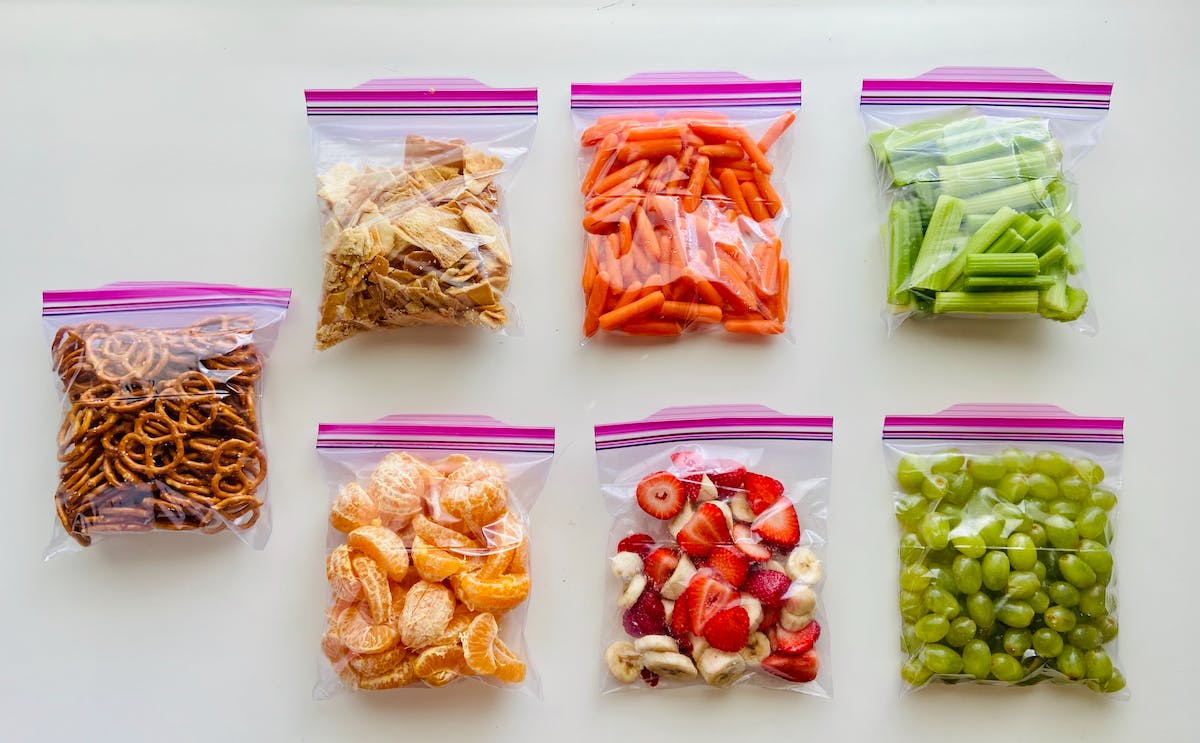Food Storage and Preservation
Simple tricks you can use to make your meals last longer in the fridge
Home

We've all been there—cooking a delicious meal, only to find that it doesn't taste as good the next day. Food waste is not only bad for your wallet but also for the environment. The good news is that there are simple tricks you can use to make your meals last longer in the fridge. With a little planning and know-how, you can enjoy your homemade dishes for days to come.
1. Proper Storage Containers:
Invest in good-quality airtight containers. These containers prevent air from getting in, which can cause your food to spoil faster. Glass containers are an excellent choice as they are non-porous and won't absorb odors or stains.
2. Allow Food to Cool:
Before storing hot dishes in the fridge, let them cool down to room temperature. Hot food can raise the temperature inside the fridge, making it work harder to maintain a safe temperature.
3. Portion Control:
Divide large meals into smaller portions before storing them. Smaller portions cool down faster and are easier to reheat. Plus, you can take out only what you plan to eat, leaving the rest untouched.
4. Label and Date:
Use labels to mark the date when you cooked the meal. This helps you keep track of freshness and prevents forgotten leftovers from turning into science experiments at the back of the fridge.
5. Keep the Fridge Organized:
A cluttered fridge can lead to airflow problems, uneven cooling, and hidden forgotten items. Organize your fridge with older items in front and newer ones in the back. Use clear containers or labels to make it easy to identify what's inside.
6. Store Raw and Cooked Separately:
Raw meats and seafood can contaminate cooked foods. Store raw and cooked items in separate containers and on different shelves to prevent cross-contamination.
7. Use the Freezer:
If you don't plan to eat a dish within a few days, freeze it. Freezing can significantly extend the shelf life of your meals. Use freezer-safe containers, and be sure to remove as much air as possible to prevent freezer burn.
8. Keep Temperature Consistent:
Your fridge should be set at or below 40°F (4°C), and your freezer at 0°F (-18°C). Check these temperatures with a thermometer to ensure food safety.
9. Use Leftovers Creatively:
If you have small amounts of various leftovers, consider creating new dishes. For example, turn last night's roasted vegetables into a frittata or use cooked meats in sandwiches or salads.
10. Smell and Visual Inspection:
When in doubt, use your senses. Check for any unusual smells or visual signs of spoilage, such as mold or off-color changes. If something doesn't seem right, it's best to err on the side of caution and discard it.
By following these simple tips and making them a part of your kitchen routine, you can significantly extend the life of your meals in the fridge. Not only will you save money and reduce food waste, but you'll also enjoy the convenience of having delicious homemade meals at your fingertips, even on busy days. Plus, you'll contribute to a more sustainable and eco-friendly kitchen—one meal at a time.
1. Proper Storage Containers:
Invest in good-quality airtight containers. These containers prevent air from getting in, which can cause your food to spoil faster. Glass containers are an excellent choice as they are non-porous and won't absorb odors or stains.
2. Allow Food to Cool:
Before storing hot dishes in the fridge, let them cool down to room temperature. Hot food can raise the temperature inside the fridge, making it work harder to maintain a safe temperature.
3. Portion Control:
Divide large meals into smaller portions before storing them. Smaller portions cool down faster and are easier to reheat. Plus, you can take out only what you plan to eat, leaving the rest untouched.
4. Label and Date:
Use labels to mark the date when you cooked the meal. This helps you keep track of freshness and prevents forgotten leftovers from turning into science experiments at the back of the fridge.
5. Keep the Fridge Organized:
A cluttered fridge can lead to airflow problems, uneven cooling, and hidden forgotten items. Organize your fridge with older items in front and newer ones in the back. Use clear containers or labels to make it easy to identify what's inside.
6. Store Raw and Cooked Separately:
Raw meats and seafood can contaminate cooked foods. Store raw and cooked items in separate containers and on different shelves to prevent cross-contamination.
7. Use the Freezer:
If you don't plan to eat a dish within a few days, freeze it. Freezing can significantly extend the shelf life of your meals. Use freezer-safe containers, and be sure to remove as much air as possible to prevent freezer burn.
8. Keep Temperature Consistent:
Your fridge should be set at or below 40°F (4°C), and your freezer at 0°F (-18°C). Check these temperatures with a thermometer to ensure food safety.
9. Use Leftovers Creatively:
If you have small amounts of various leftovers, consider creating new dishes. For example, turn last night's roasted vegetables into a frittata or use cooked meats in sandwiches or salads.
10. Smell and Visual Inspection:
When in doubt, use your senses. Check for any unusual smells or visual signs of spoilage, such as mold or off-color changes. If something doesn't seem right, it's best to err on the side of caution and discard it.
By following these simple tips and making them a part of your kitchen routine, you can significantly extend the life of your meals in the fridge. Not only will you save money and reduce food waste, but you'll also enjoy the convenience of having delicious homemade meals at your fingertips, even on busy days. Plus, you'll contribute to a more sustainable and eco-friendly kitchen—one meal at a time.

